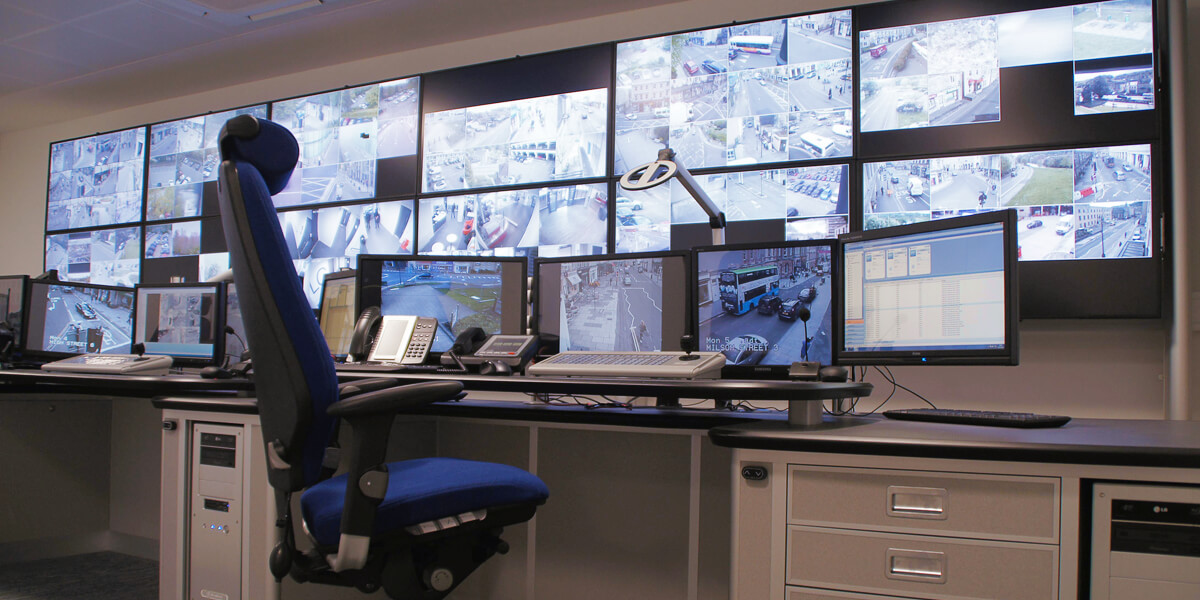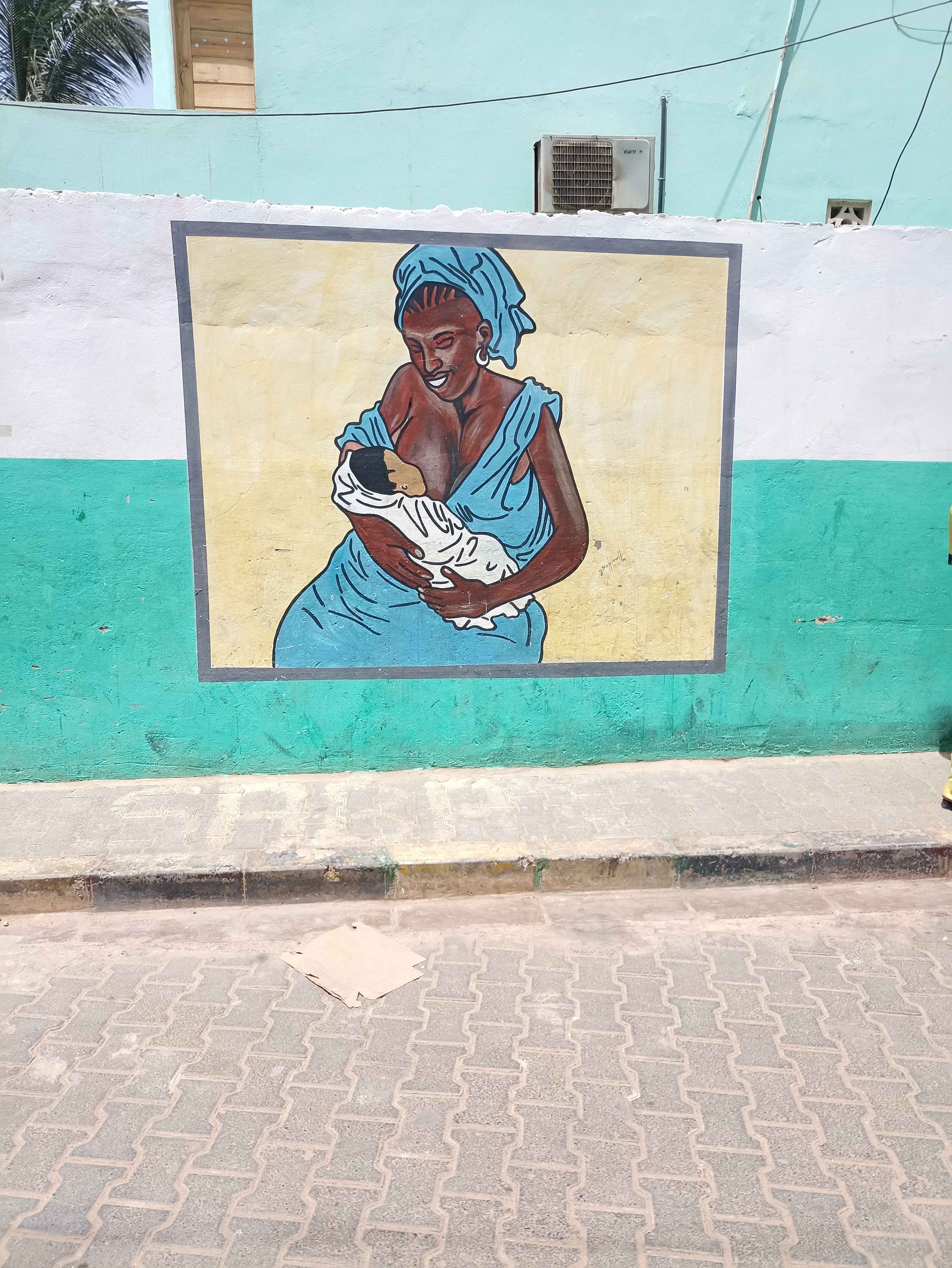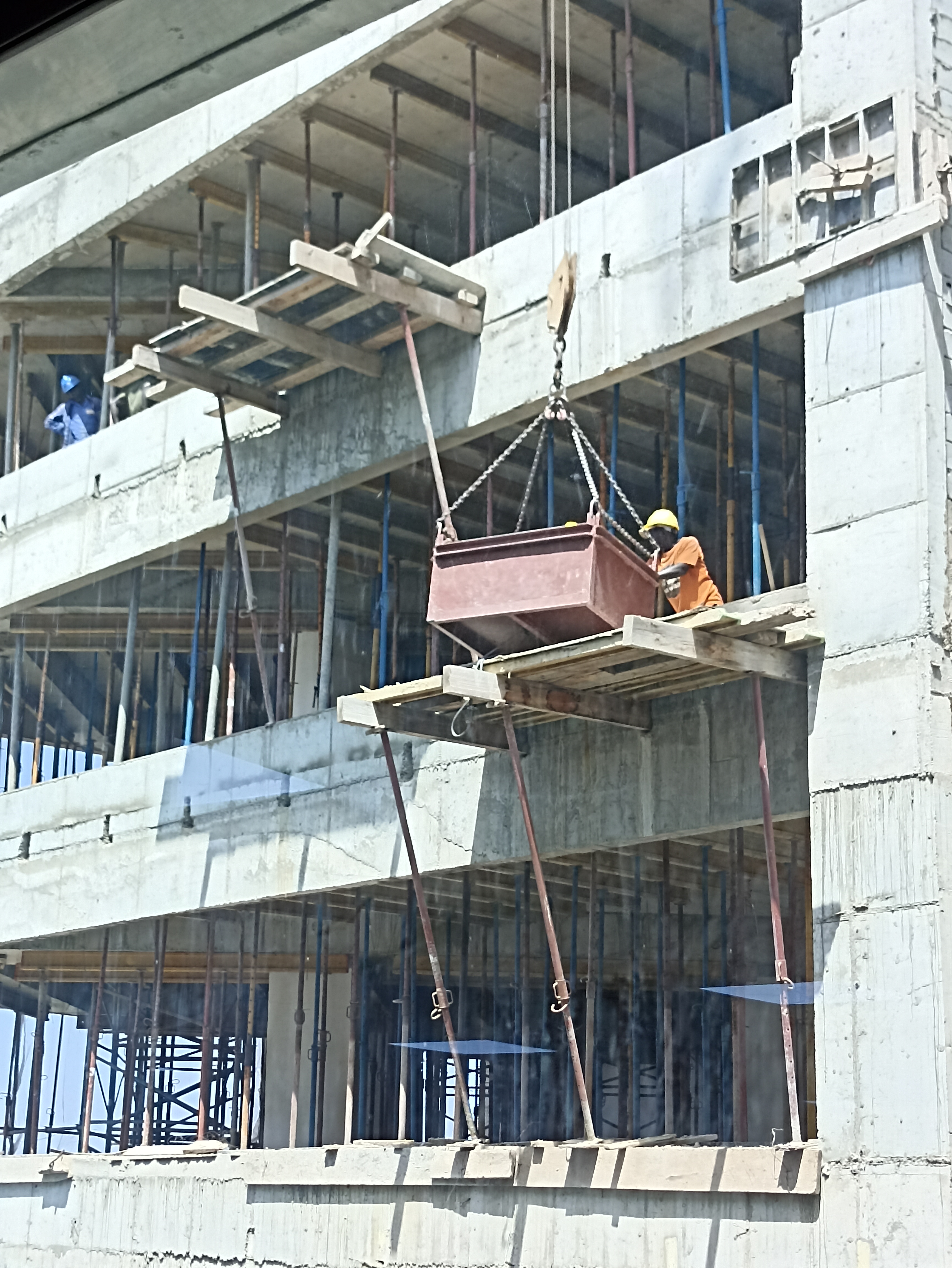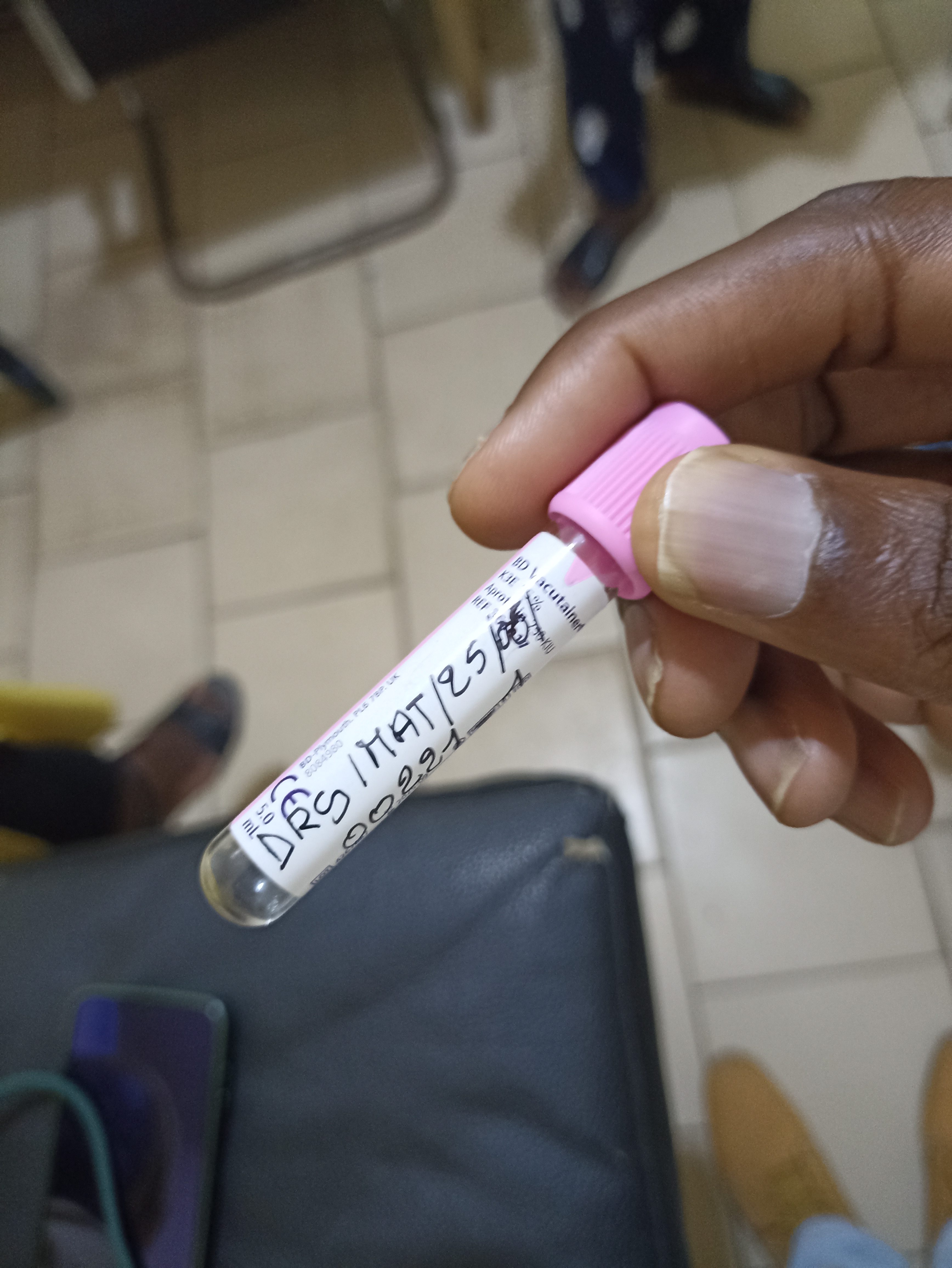
Disclaimers :
Opinions expressed in this post (and in any of all my posts) are solely, unless otherwise specified, those of the authors, me. Those opinions absolutely do not reflect the views, policies, positions of any organizations, employers, affiliated groups.
I don't agree with this, but my employer says I don't have the right to share the source code I've written in the course of my work. So, I'll try to say as much as I can without divulging any specific information.
Introduction:
From June 30 to July 2, 2025, a coordination meeting for the entire 4S network was recently held in Lomé, Togo. During this meeting, a new implementation of the 4S platform was presented to the participants.
Quote:
Le réseau 4S a été conçu pour répondre à un besoin crucial, celui de disposer d'un système régional de surveillance capable de détecter précocément les maladies de santé publique, de renforcer les capacités de laboratoires et de partager des données pour une réponse adéquate et adaptée aux problèmes sanitaires.
Quote :
The 4S network was designed to meet a crucial need: to have a regional surveillance system capable of early detection of public health diseases, strengthening laboratory capacities and sharing data for an adequate and appropriate response to health issues.
Insights:
The striking disconnect that exists across many sectors, public health included. Officials excel at announcing initiatives and securing funding. Press releases about "implementing advanced early detection systems" generate buzz and demonstrate progress. But when it comes to the unglamorous technical work: database design, API development, system integration... Silence. These crucial implementation details, handled by anonymous engineers and developers, rarely see daylight in public discourse.
While policy makers avoid technical specifics, it's precisely these software choices that determine whether systems function during critical moments.
As a software engineer currently developing a regional syndromic surveillance system for West Africa using free and open source technologies, I want to bridge this gap by sharing insights from the implementation trenches.

Syndromic surveillance system:
A syndromic surveillance system is a public health surveillance system that monitors symptom clusters rather than specific confirmed diagnoses. It aims to detect epidemics or public health events at an early stage, by analyzing data in real time.
2007:
Before 2007, Madagascar only had a passive, monthly paper-based reporting system that was too slow for outbreak response. The chikungunya outbreak in the Indian Ocean exposed critical gaps in Madagascar's disease surveillance.
The solution was to setup a real-time sentinel surveillance system using mobile phones for daily data transmission. This implementation was the first nationwide real-time-like surveillance system ever established in Madagascar.
2012:
The Syndromic Sentinel Surveillance System in Senegal, the 4S network, is Another syndromic sentinel surveillance system based on febrile syndromes was implemented in Senegal in 2012 and inpired by the Madagascar model.
The criteria of individual target diseases are based on World Health Organization recommended surveillance standards. This means: for each disease or syndrome there is a description of the rationale for surveillance, case definition, types of surveillance, minimum data elements, data analyses and principal uses of data for decision-making.
Data are transmitted on a daily basis by the general practitioners of the sentinel sites. They are validated and analyzed daily within the epidemiology unit of the IPD via an early warning platform. These data are sent to the Ministry of Health in the form of a weekly newsletter.
2015:
In 2015, the sentinel surveillance system included 17 health centers and identified 4 confirmed outbreaks. The system has proved the feasibility of improving disease surveillance capacity through innovative systems despite resource constraints.
20??:
2023:
I am hired by Institut Pasteur Dakar. I'm tasked with reimplementing the current system, rebuilding it from scratch while improving on what came before. I don't have much say in the tech stack, just enough freedom to go with what works for me. The usual lineup of Debian/Ubundu, Python, Django, Postgresql, Nginx, Podman, Git, Gitlab, Emacs, Bash, Tmux, etc ... More on that in the following episodes.
2024:
The 4S network, is now expanding from Senegal into other West African countries: Gambia, Cape-Verde, Mauritania, Niger, Mali, Togo, Guinea, Guinea Bissau, Sierra-Leone and Benin. The goal being to provide broader coverage and improve health systems in a sustainable and effective manner.
2025:
The surveillance platform my colleagues and I have spent two years developing has now been presented to the public. But public recognition is not really the source of my pride. What matters is that our system, our algorithms, our data structures, our functions, our for loops, our SQL queries are actively making a difference in saving lives. Phew!

My view as a software engineer:
Core principles:
it's really fascinating that these early systems already recognized the core principles I would implement today: voluntary reporting networks, standardized data collection, information sharing, real-time communication, etc...
Challenges:
TODO
We are not done yet:
TODO
More on the topic:
Writing about 4S implementation could fill volumes. For those ready to dig deeper into the technical and policy dimensions of public health surveillance, and before I write the second part of this series, here are resources that expand on the key concepts discussed:
- Strengthening epidemic resilience through one health and integrated community-based surveillance
- How CARE Transforms Outbreaks into Opportunities for Africa
- Early detection for rapid response: strengthening disease surveillance across West Africa
